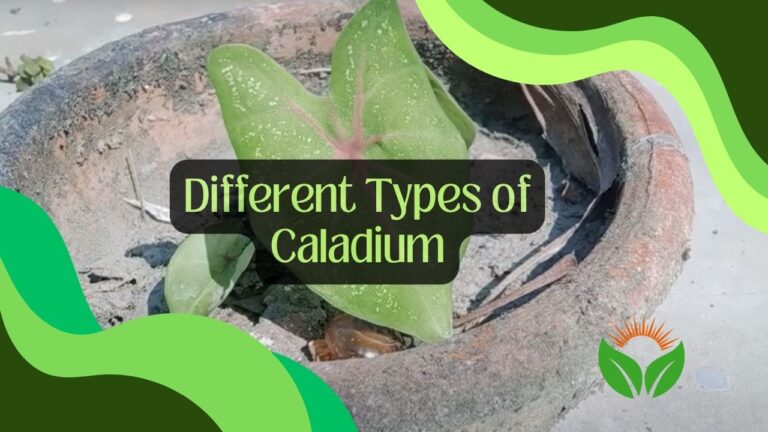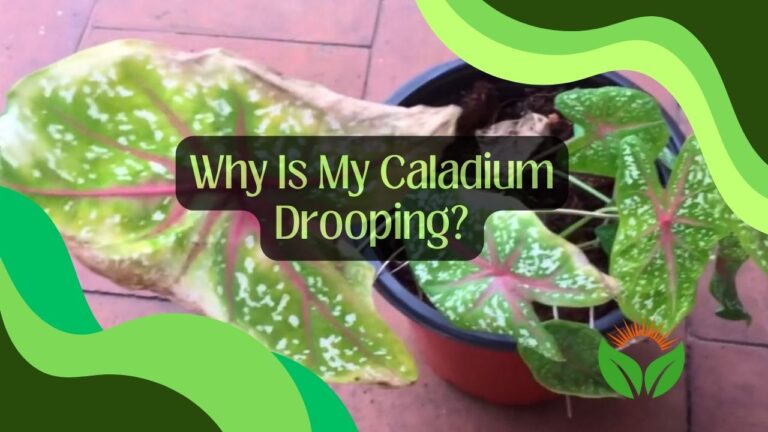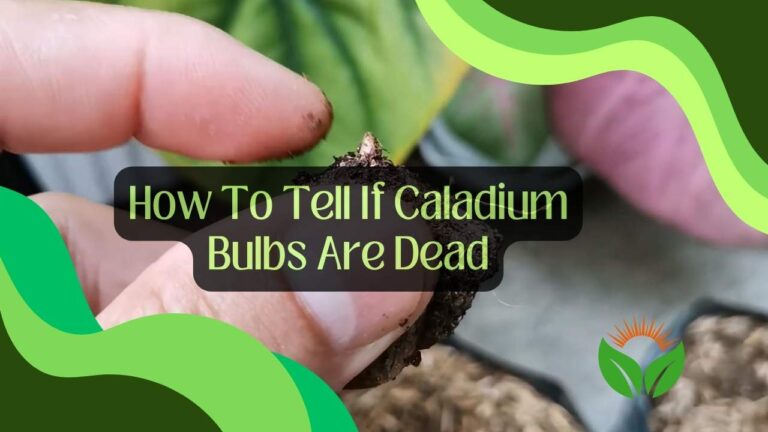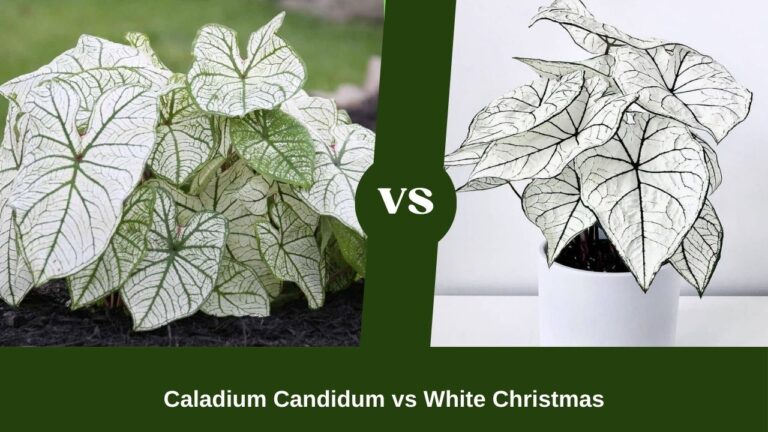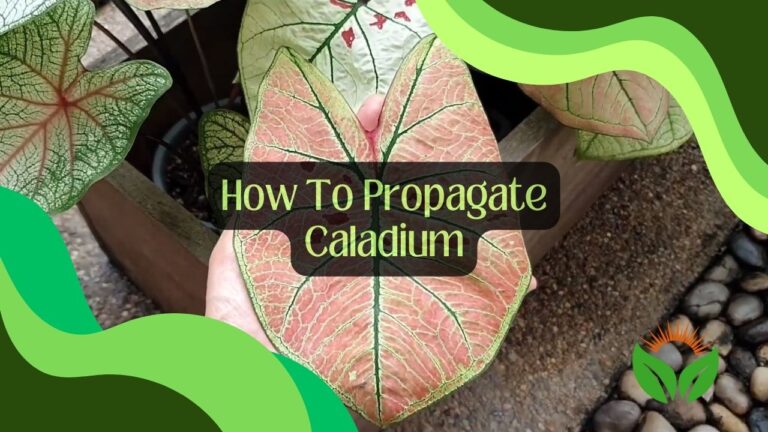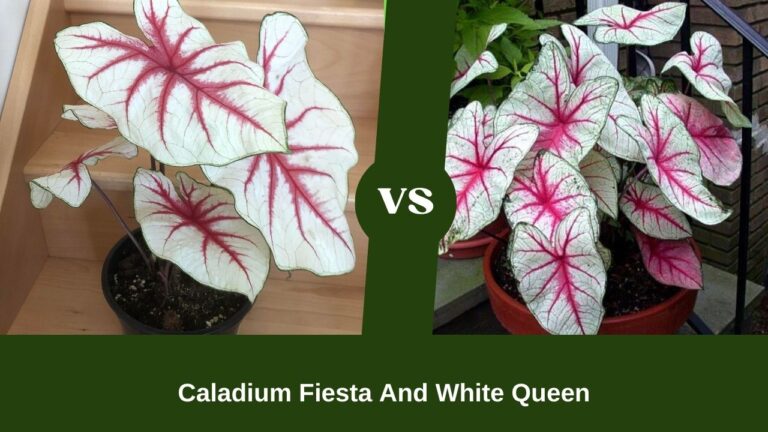Can Caladiums Grow In Water? How To Do It?

Yes, you may grow and keep Caladium (Araceae) in water. Though this is not the usual way of growing this beautiful plant, but it can be an option.
While traditionally grown in soil, it is indeed possible to grow Caladiums in water.
This method not only adds a unique touch to your home or garden but also offers a low-maintenance and visually appealing alternative to soil cultivation.
In this discussion, I will talk all about growing this indoor plant in water including how to start, how to care, and some additional tips.
How To Grow Caladiums in Water? Simple Steps

The method varies from person to person. But here I will show you a generalized method of it. Here’s a step-by-step guide to growing Caladiums in water:
Materials Needed
- Caladium bulbs or tubers
- A container or vase
- Water
- Pebbles or decorative stones
- Adequate light
Steps To Follow
- Step 1: Select a Suitable Container: Choose a container or vase that is transparent or translucent to allow you to appreciate the Caladium’s colorful leaves. Ensure it’s large enough to accommodate the size of the Caladium bulb.
- Step 2: Prepare the Caladium Bulb: If you’re starting with a Caladium bulb, it’s essential to soak it in water for a few hours before placing it in the container. This hydrates the bulb and prepares it for water cultivation.
- Step 3: Add Water: Fill the container with enough water to submerge the Caladium bulb about halfway. Make sure to use distilled or tap water that has been left out for a day to allow any chlorine to dissipate.
- Step 4: Place the Caladium: Gently place the Caladium bulb in the container, ensuring that it is partially submerged in the water. You can also add pebbles or decorative stones to hold the bulb in place and add an aesthetic touch.
- Step 5: Provide Adequate Light: Caladiums require bright, indirect light to grow successfully. Place the container in a location where it can receive plenty of filtered sunlight. Avoid direct sunlight, as it can scorch the leaves.
- Step 6: Maintain Water Level: Check the water level regularly and top it up as needed to ensure the bulb remains partially submerged. This helps provide the Caladium with the necessary moisture for growth.
- Step 7: Fertilize Sparingly: Caladiums in water cultivation require minimal nutrients. You can add a diluted, balanced liquid fertilizer every 4-6 weeks during the growing season (spring to early fall) to support their growth.
- Step 8: Enjoy the Beauty: As your Caladium grows, you’ll be able to appreciate its stunning leaves and unique appearance. Simply sit back and enjoy this low-maintenance ornamental plant.
Caring For Caladiums In Water In A Nutshell

Here are some points for your help if you are planning to grow Caladium in water.
Provide Adequate Light
Caladiums require bright, indirect light to grow successfully. Place the container in a location with filtered sunlight.
Avoid direct sunlight, as it can scorch the leaves. A bright, shaded spot indoors or a location with dappled sunlight in your garden is ideal.
Water Quality And Level
Check the water level regularly to ensure that the Caladium bulb is partially submerged.
While they grow in water, it’s crucial to maintain consistent moisture around the bulb.
Add water when needed, and make sure the water level remains around halfway up the bulb.
Use distilled or tap water that has been left out for a day to allow any chlorine to dissipate.
Caladiums are sensitive to chlorine and other chemicals in tap water, so using clean, dechlorinated water is essential for their well-being.
Fertilize Sparingly
Caladiums grown in water require minimal nutrients. You can use a balanced liquid fertilizer but do so sparingly.
Apply a diluted solution every 4-6 weeks during the growing season (spring to early fall) to support their growth.
Temperature
Caladiums prefer warm temperatures. Keep them in a room with a temperature range of 70-85°F (21-29°C) for optimal growth.
Avoid exposing them to cold drafts or temperatures below 50°F (10°C), as this can damage the plant.
Pest and Disease Prevention
Caladiums are relatively resistant to pests and diseases, but you should still inspect them regularly for any signs of trouble.
Common issues include spider mites and aphids. If you notice a problem, treat it promptly with appropriate methods, such as insecticidal soap or neem oil.
Watch this following video for more extended idea:
Related article: Do Caladiums Go Dormant In Tropical Countries
Why Choose Water Cultivation for Caladiums?

Growing Caladiums in water can be an attractive option for several reasons:
Aesthetic Appeal
The translucent quality of water allows you to admire the intricate patterns and colors of the Caladium leaves more clearly, creating a stunning visual display.
Low Maintenance
Water cultivation eliminates the need for regular soil maintenance, including weeding and repotting.
This makes it an excellent choice for busy individuals or those who may be new to gardening.
Indoor and Outdoor Versatility
Caladiums in water can thrive both indoors and outdoors, offering the flexibility to place them in various settings, including water gardens, ponds, or decorative containers.
Unique Conversation Piece
Water-grown Caladiums are a conversation starter, drawing the attention of friends and family with their unusual and eye-catching appearance.
Additional Tips and Considerations
| Aspect | Recommendation |
|---|---|
| Temperature | Caladiums prefer warm temperatures, so try to keep them in a room with a temperature range of 70-85°F (21-29°C). |
| Cold Weather Protection | When the weather turns cold, you may need to bring your water-grown Caladiums indoors to protect them from frost. |
| Watering | Be cautious about overwatering. The goal is to maintain a consistent water level, not to keep the bulb completely submerged. |
Let’s Try It!
Growing Caladiums in water is not only possible but also a delightful way to showcase their vibrant and intricately patterned leaves.
With some basic care and attention, you can enjoy the beauty of these unique ornamental plants in a low-maintenance and visually appealing way.

